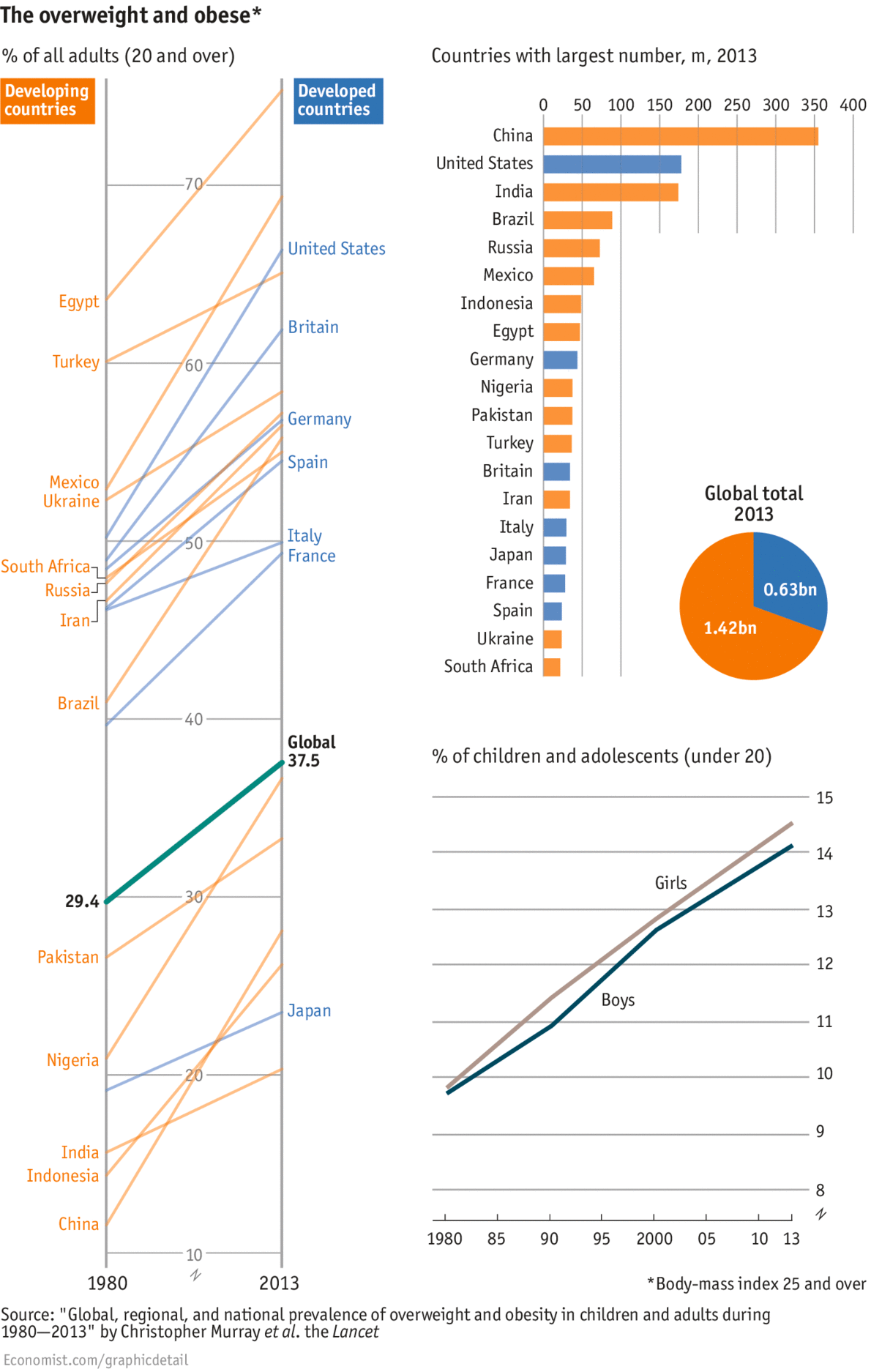Great insights into where capital is being invested in US healthcare…
http://www.healthleadersmedia.com/print/LED-305089/The-Hospital-of-the-Future-is-Not-a-Hospital
The Hospital of the Future is Not a Hospital
Philip Betbeze, for HealthLeaders Media , May 30, 2014
Pursuing expensive inpatient volume in the traditional sense is a strategic dead end. Any new construction undertaken by hospitals and health systems should be based on adaptability, patient flow, and efficiency gains—not bed count.
I’ve spent a good deal of time the past several weeks interviewing senior healthcare leaders for my story in the May issue of HealthLeaders magazine about the hospital of the future. But in truth, that headline might be a bit of a tease.
As it turns out, the hospital of the future doesn’t look much like a hospital at all. Instead, it’s a cohesive amalgamation of plenty of outpatient modalities that represent growth in healthcare. Inpatient care, increasingly, represents stagnation and shrinkage, in the business sense.
In the past, a story about the hospital of the future has meant investigating healthcare organizations’ access to capital, and their ability to fund expensive new patient bed towers with all-private rooms and top technologies, in a race to grab volume from competitors.
Under that operating scenario, the sky was the limit, in terms of what organizations were willing to do to attract volume.
That calculus has changed drastically.
In a recent survey on healthcare design trends conducted by Minneapolis-based Mortenson Construction, 95% of the healthcare organizations surveyed said most of the projects they are undertaking are predominantly ambulatory in nature.
“If, in theory, the [Patient Protection and Affordable Care Act] has now got 7 million people engaged in healthcare insurance who didn’t have that previously, the inrush of patients will be outpatient-based,” says Larry Arndt, general manager of healthcare in the company’s Chicago offices. “What’s not needed is bed space or heavy procedural space.”
A Strategic Dead End
The PPACA, employers, and commercial health plans have made clear that pursuing expensive inpatient volume in the traditional sense is a strategic dead end. That doesn’t mean new patient towers won’t go up, but it does mean their construction will be based on adaptability, patient flow, and efficiency gains, not bed count.
As few as five to seven years ago, says Arndt, a healthcare leadership team would take a capital improvement project through a planning and programming phase in which they followed a traditional approach. The team would utilize widely standardized metrics and program their building based on what they’re doing now, with no consideration of the future, Arndt says.
By contrast, within the last five years, more leaders have been embracing the concept of lean operational improvement.
In order to be competitive in a limited amount of reimbursements, they have had to become more efficient. So instead of the traditional approach of programming new construction based on how the organization operates today, instead, it attempts to map out its current patient flows and discover how to become more efficient. Only then will the team look at how to build around that improved and more efficient model.
Indeed, a whopping 22% of respondents to Mortenson’s February survey said they were “doing nothing” construction-related right now, and only 5% were planning for a traditional replacement hospital.
Instead, a majority said they are focusing new construction on building clinics that can feature just about any outpatient modality except surgery, Arndt says.
Healthcare Shifts to Outside
They’re focusing on combining dialysis, radiology and other treatments that can be provided in one location. And they’re funneling more of their capital budget to items that are outside the realm of new construction, like home health and what Arndt calls e-home healthcare—in other words, technological solutions that help patients access their caregivers outside of any facility.
“Our customer understands that healthcare is moving more toward healthcare outside a facility,” says Arndt. “That means more money is being invested in health information technology. Also, you see more constellation or satellite projects, for example, a small 15,000-20,000 square-foot clinic in a neighborhood. That allows patients to travel a shorter distance to a less congested environment, but yet allows connection to the bigger facility if needed.”
Modular construction is a trend that Arndt sees developing quickly. It’s in the process of designing a clinic for a client that will feature modular walls, to make it more flexible for the changes in care protocols that are assured, but that healthcare’s leaders aren’t sure how will ultimately affect their competitive offerings.
In one clinic, doctors want to be able to meet with patients in groups, for example. Modular walls mean physicians can occasionally meet with groups of patients instead of individually, or vice-versa. Their space is less limiting.
“The clinic can adapt,” says Arndt.
Prefabricating buildings is also gaining steam in healthcare, he says.
“Money is being invested much more wisely than it has been in the past,” he says. “For the design/construction field, we have to be more lean too.”
Part of that lean attitude means offering customers 3-D modeling that starts with design partners, such as the people who will be staffing the building, to optimize work flow.
Adapting Takes Time
“We can prefab things we couldn’t years ago,” he says. An example might be a bathroom “pod” that can be built offsite and installed on site. Full exam rooms can be prepared the same way, and models can be constructed to test care protocols with the team that will be working there.
Arndt’s customers, he says, can be categorized two ways. Either they’re thinking broadly about adapting to the future without knowing exactly what it’s going to bring, or they’re standing idly on the sideline until they understand better how the PPACA and other drastic changes in how healthcare is provided and paid for will affect their bottom lines.
Neither approach is necessarily better than the other, but waiting just puts off the action that needs to be taken. It can be a prudent approach, but even in healthcare, what works can change quickly. Designing, building, and adapting still takes time.
Don’t wait too long.
Philip Betbeze is senior leadership editor with HealthLeaders Media.












